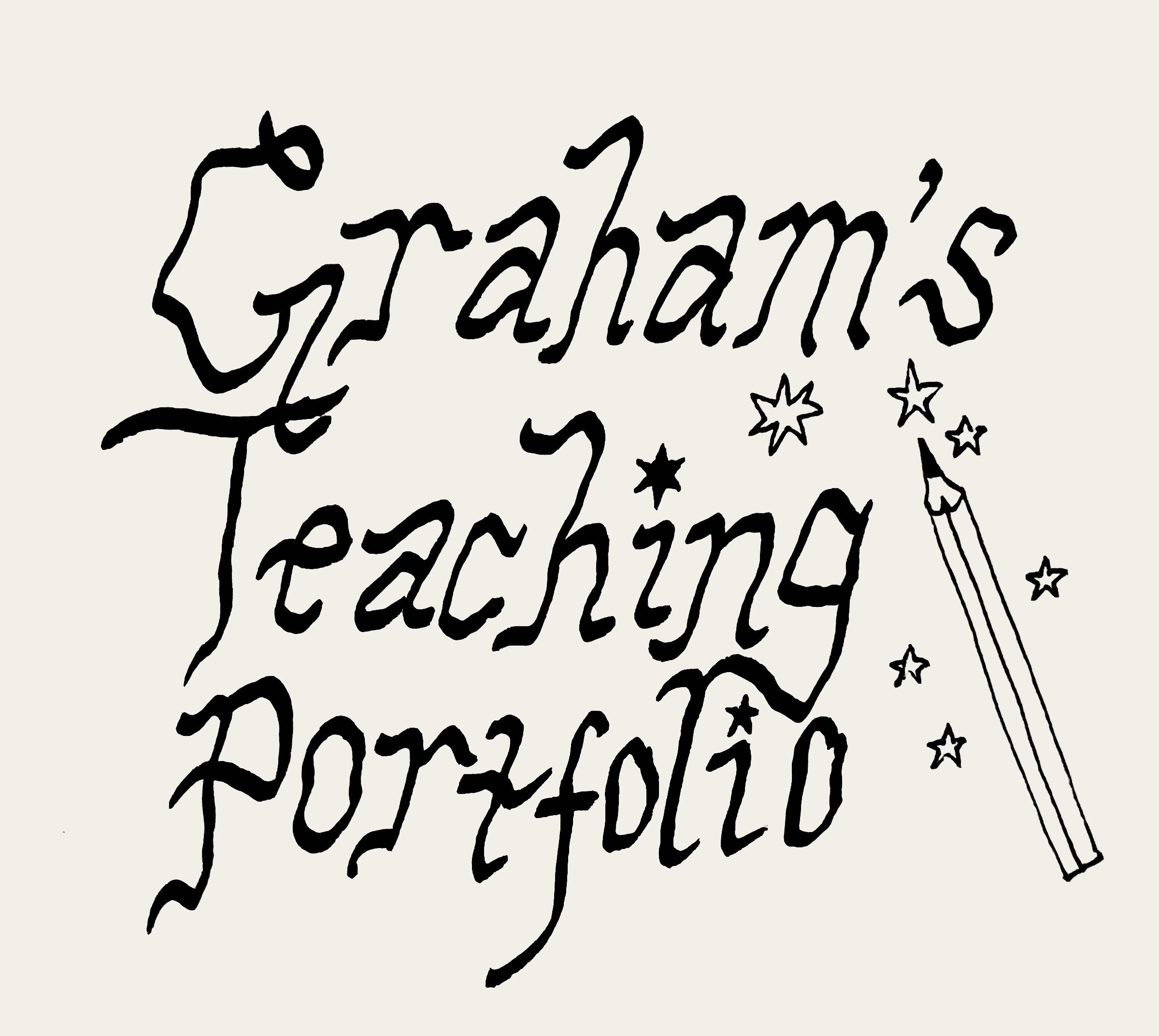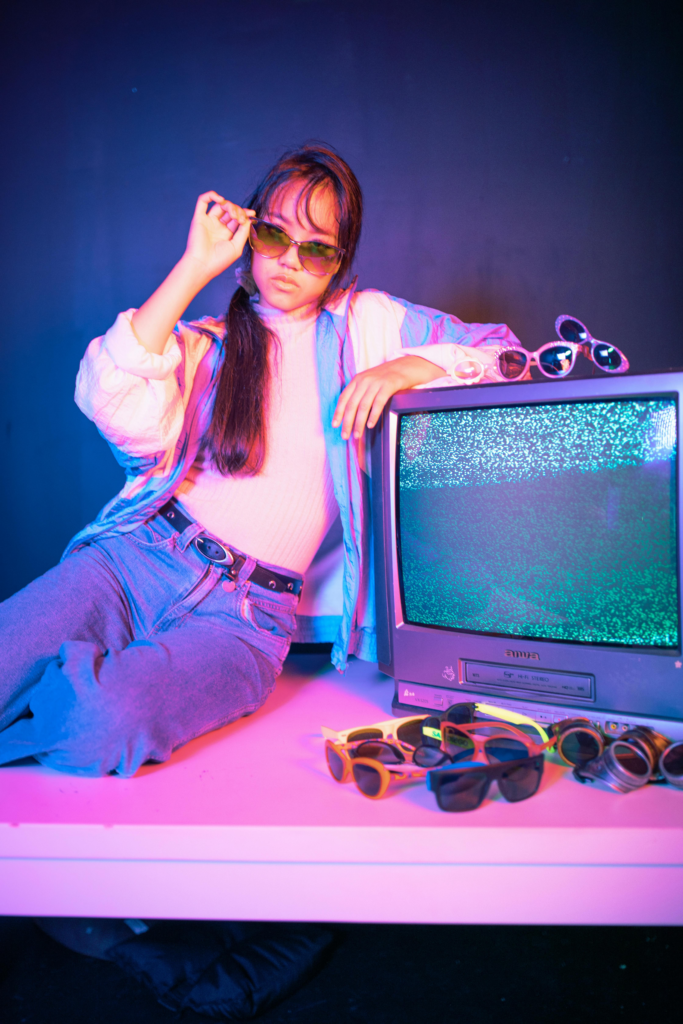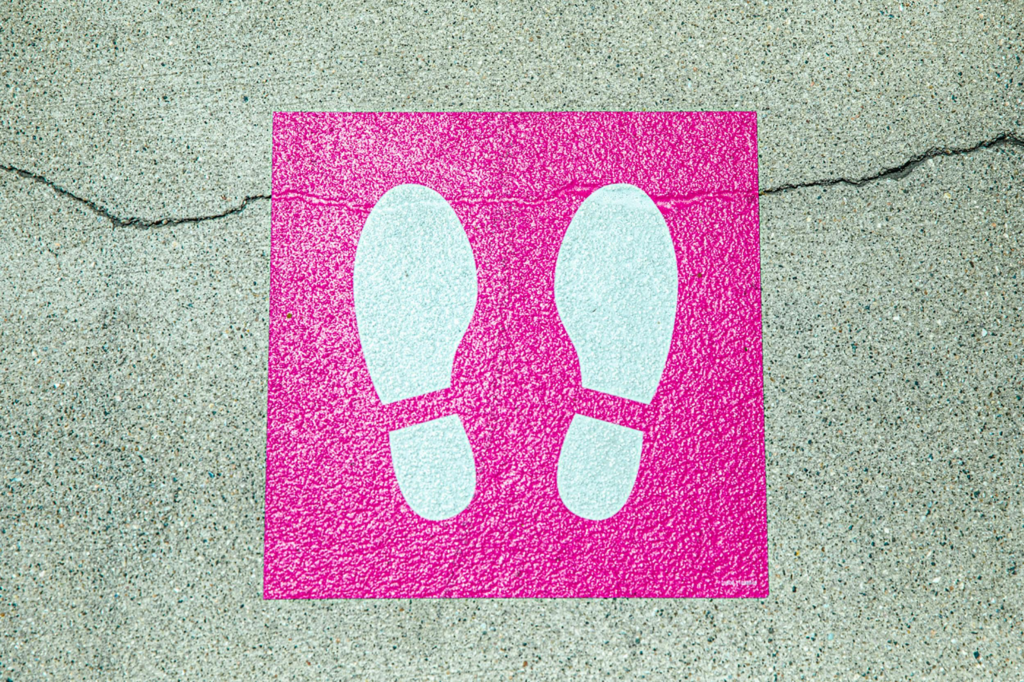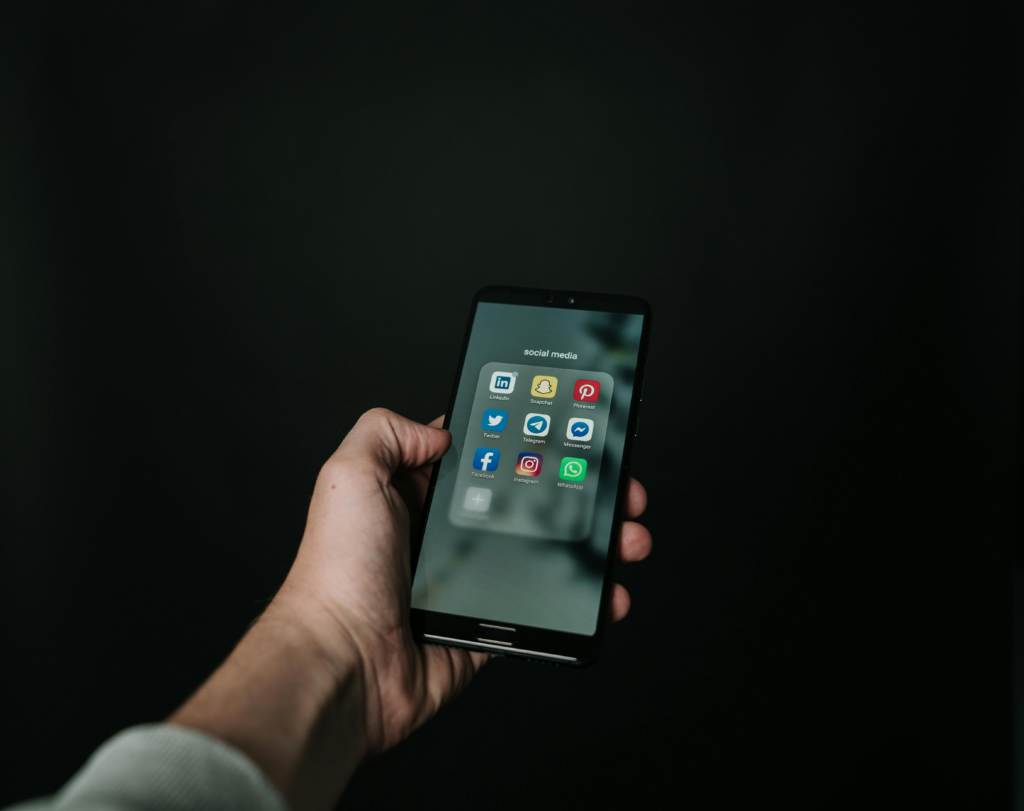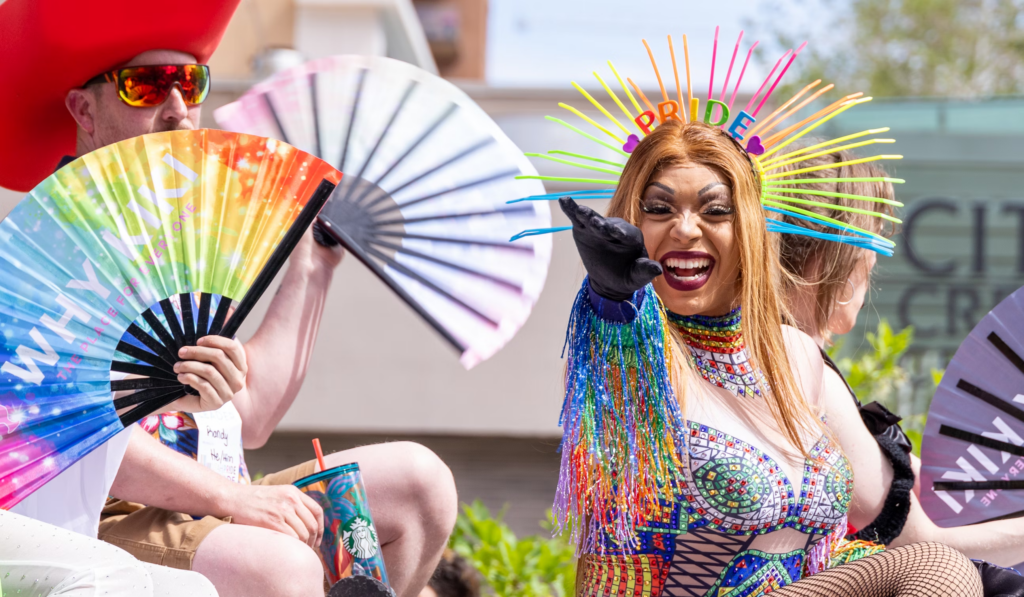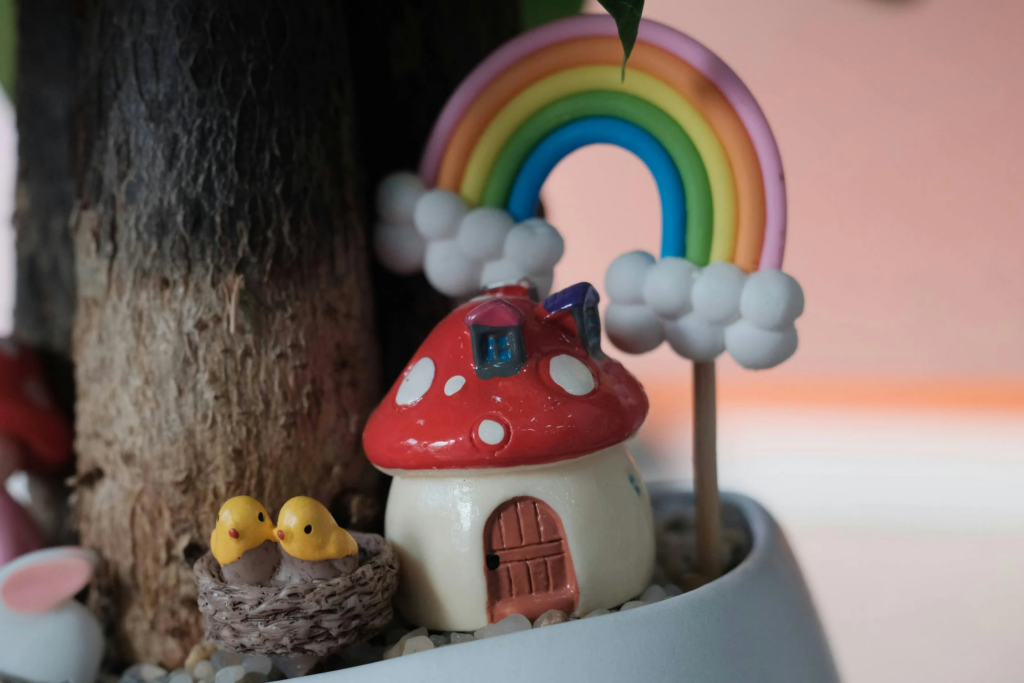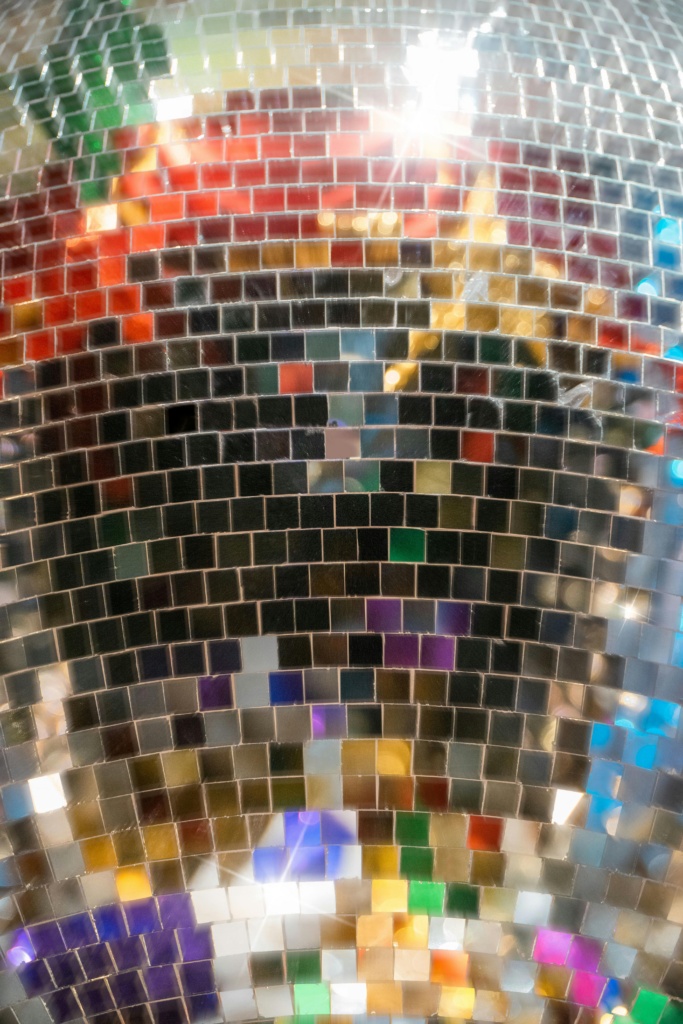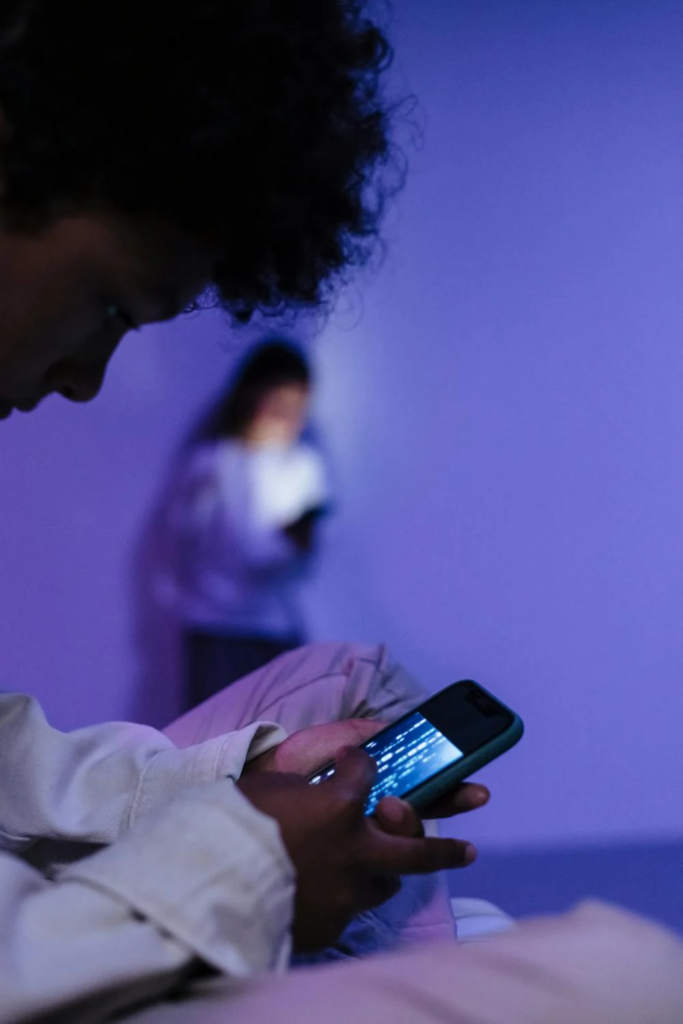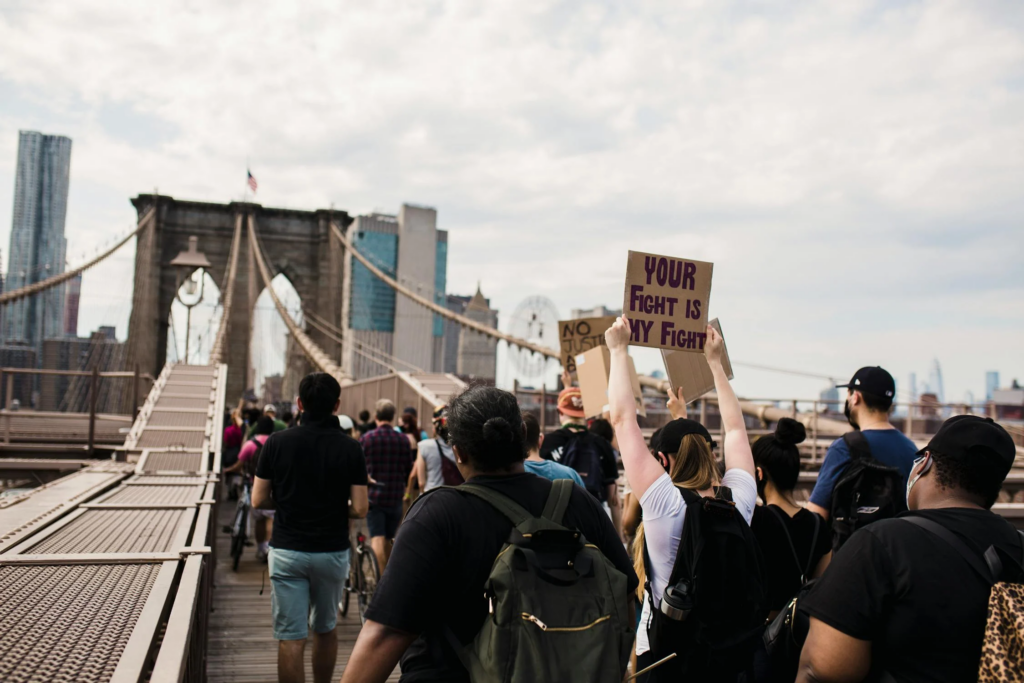(Response to prompt #4: Discuss your group’s creation and how you envision using stop motion videos in the classroom)
This week, we had the opportunity to make stop-motion videos in small groups in class. I worked with two lovely teaching program classmates to create the fun stop-motion video below.
We had so much fun making this that when our teacher reminded us class was nearly over, we asked for a few more minutes to add a soundtrack! I was surprised to enjoy using technology (the Zing Studio mobile app) so much, it’s now something I would strongly consider introducing to my future classroom.
The video we created is very silly and abstract, but there is something of a story happening here. A fire starts burning, but once the flame grows big a wave of water douses it and evaporates. One of the leftover water droplets turns into a rainbow that grows bigger and explodes. Bits of the fire, water, and rainbow all mix together, then one of the pieces begins to “eat” the other ones (a bit like Pac Man). Finally, the four surviving pieces bump into each other in the middle and explode away.
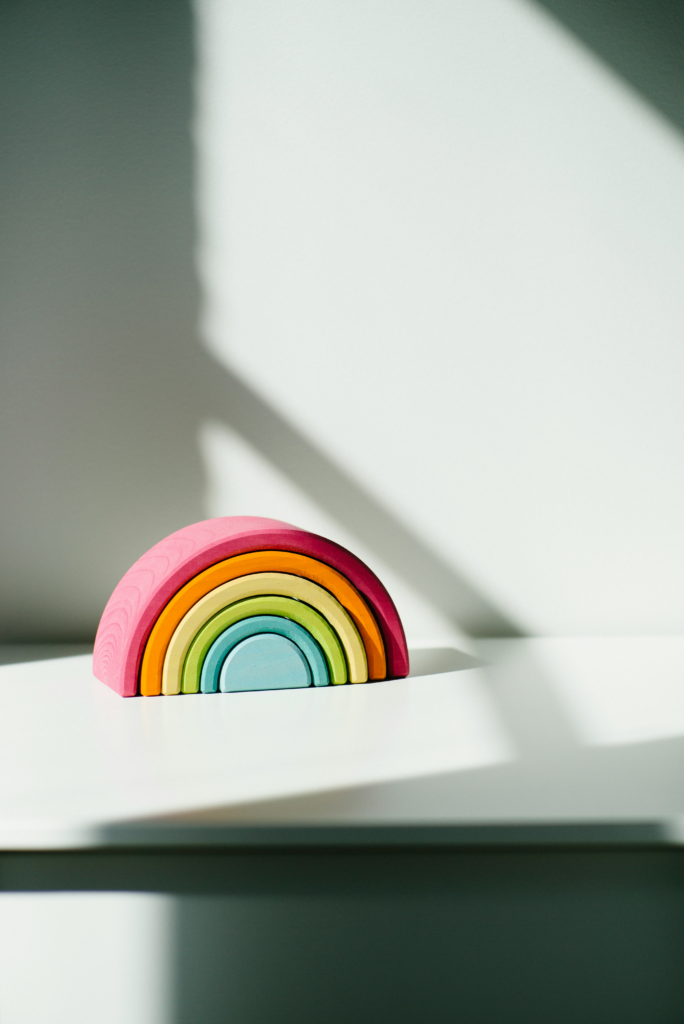
For the soundtrack, we just played the video while recording the noises of blocks clicking and sliding together in real time. I liked this feature in the app because it was so simple and accessible, my group was able to record and add our soundtrack in under one minute. I think this video was especially fun because it demonstrates that very simple wood toys can spark so much creativity in all ages. As we worked we noticed simple qualities like the sounds, colours, and textures of the blocks were quite interesting- it felt like being a curious kid again.
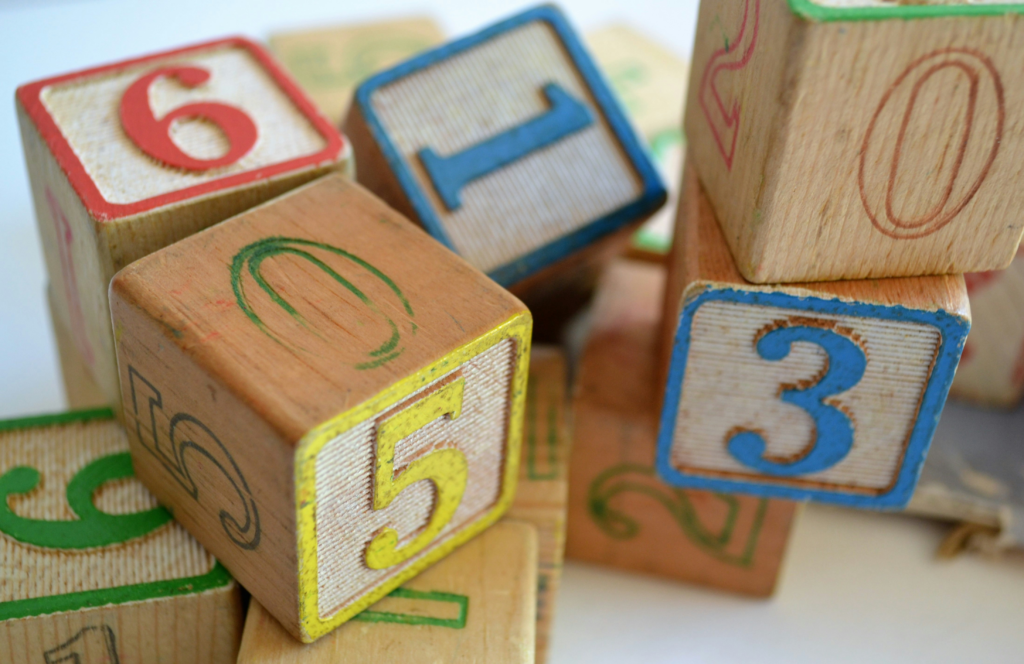
My group was all very excited to bring stop-motion projects into our classrooms one day by the end of it, which I think is interesting because it’s not a project I would’ve previously thought of as being “exciting” (sorry stop motion, no offense). In fact, I enjoyed it so much that my key adaptation would likely be giving students more time to create videos and soundtracks, perhaps even props or backgrounds.
I would consider splitting this activity over two classes: during one students could create props, backgrounds, and film, and during the next students could edit, add a soundtrack, and present their videos. I would definitely add time for students to share their videos because after my group was done, we were so excited to share our creation and see what everyone else made. I think this would be great for students because feeling proud of your work and using it to connect with classmates is a great way to keep students engaged and curious in school.
